When to Sow French Beans
French beans can be sown either indoors or outdoors. If sowing indoors, you should start doing so between April and May. Sowing your beans indoors means that they will typically crop earlier due to being given a head start.
Sowing outdoors is generally more straightforward, though you will need to wait until May or June to do so. If you wish, you can sow them in early July to extend the season into September or October.
How to Sow French Beans
Sowing French Beans Indoors
To start French beans earlier indoors, sow seeds 2in (5cm) deep in seed trays or small pots and use a garden propagator or place on a warm, south-facing windowsill to aid germination. Maintaining warmth, exposure to sun and regular watering are all key to their success.
Harden off your plants in late May or early June for a few weeks before planting outside, either in a cold frame or in a warm spot covered in fleece for plants. French beans are especially sensitive to cold temperatures, so this step is key. After the last frost, you can plant them outdoors.
Sowing French Beans Outdoors in the Ground
As stated above, you should sow your French beans after the last frost has occurred in late May or early June. A few weeks prior to planting, warming up the soil using fleece for plants or garden cloches can help to improve germination. These can also be used for protection if a sudden cold snap is predicted overnight.
Sow French bean seeds outdoors 2in (5cm) deep, in (10cm) apart, in rows 18in (45cm) apart, with one or two seeds sown at the base of a cane. Sow a few extra seeds at the end of the rows to fill in any gaps where seeds don't germinate. Thin out to leave the strongest seedling if necessary.
Bush French beans can be sown in double rows or blocks so that the plants can support one another.
Sowing French Beans Outdoors in Containers
French bean seeds can be sown in containers in quality garden compost outdoors, both in smaller containers to be transplanted in the ground or in large containers as their final growing place.
If you choose to do the former, sow one seed per small pot 2in (5cm) deep and move the pot to a cold frame. Alternatively, you can move it to a warm and sunny position, ensuring it is protected with shelter and fleece for plants. The plants will be ready for transplanting to their final site after the last frost and when the plants are at least 3in (8cm) tall.
For growing in pots as their final growing site, they should be grown in a warm, sunny spot with some shelter. Bush French beans will need a pot around 12–18in (30–45cm) wide. Climbing French beans will need to be grown in a heavy pot that won’t topple over when the plants reach their maximum height. This should be at least 30in (75cm) wide and 18in (45cm) deep.
Add a wigwam of 8ft (2.5m) canes into your container prior to sowing. Bush varieties won’t need support. Afterwards, sow your seeds 2in (5cm) deep and 4in (10cm) apart, with one or two at the base of each cane. If necessary, thin out the seedlings to leave the strongest one.
Support
Supporting Climbing French Beans
Climbing French beans will need a support to twine up as they grow. The traditional method is to grow them up inwardly sloping 8ft (2.4m) bamboo canes, tied near their top to a horizontal cane. If you angle the bamboo canes so that they meet and are tied together at the top, with the ends of the canes extending beyond the row, it will make picking the beans easier and usually result in a better yield.
When growing in beds and borders, a pea and bean wigwam of canes takes up less room and helps produce an ornamental feature. Loosely tie the plants to their supports after planting; they will climb naturally after that.
Another option for support is to use pea and bean netting. Securely place two strong stakes into the soil standing 6ft 6in (2m) above the ground and run heavy-duty wire across the tops of them. Then, attach the net to the wire and stakes with garden twine and secure it to the ground with netting pegs.
Remove the growing point once the plants reach the top of their support, as this will help side shoots to develop lower down the plant. Any shoots that become loose from canes should be tied in.
Supporting Bush French Beans
Bush French beans generally won’t need support, though using short twigs can help to keep your plants upright and the beans off the soil.

 Ground Prep
Ground Prep

 Sowing
Sowing

 Planting
Planting

 Plant Care
Plant Care

 Harvesting
Harvesting

 Problems
Problems

Ground Preparation
Sowing
Planting
Plant Care
Harvesting
Problems








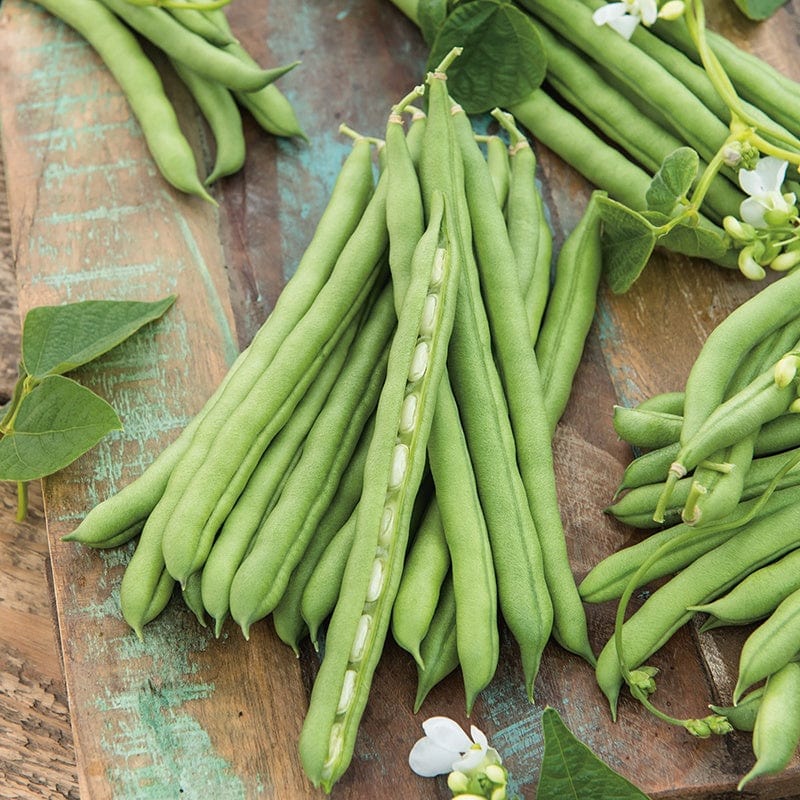
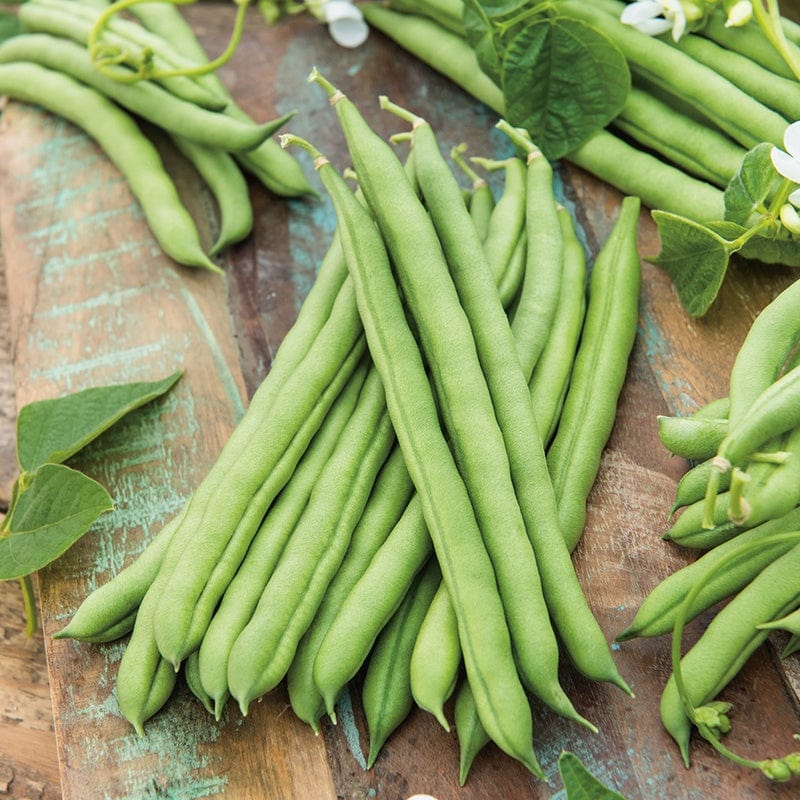


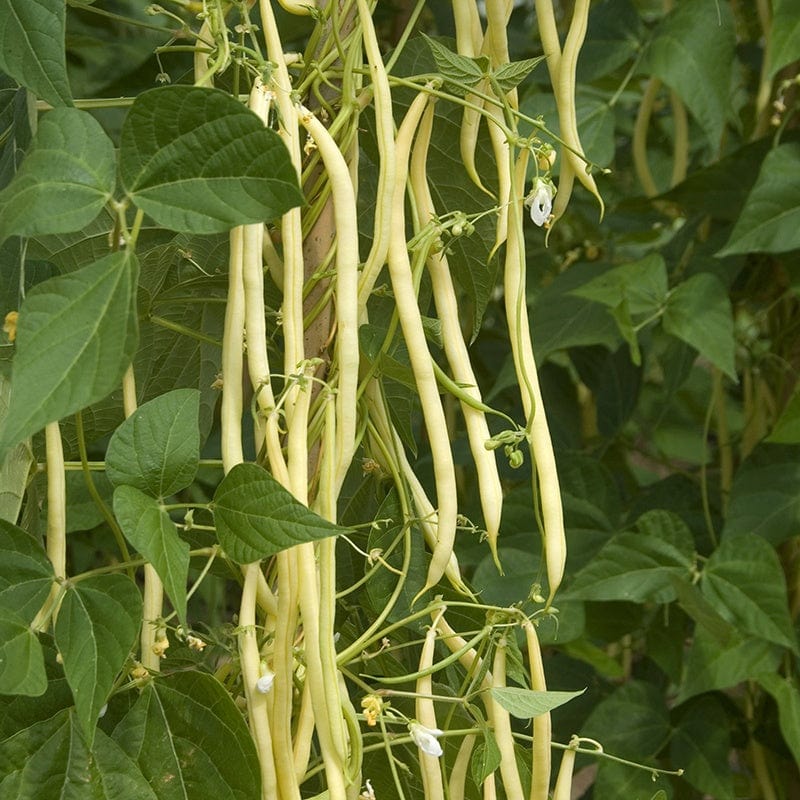

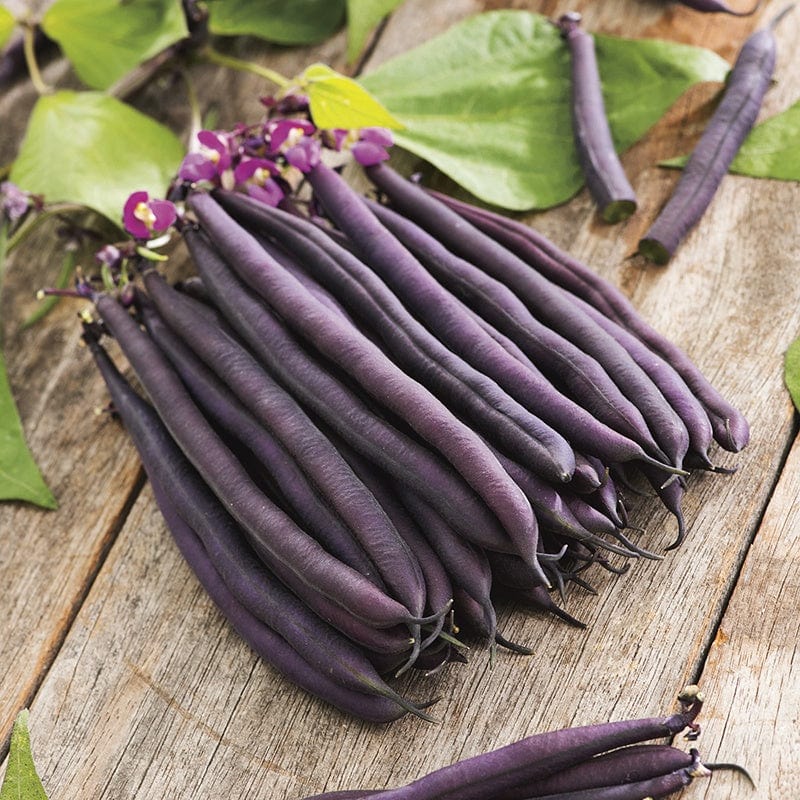


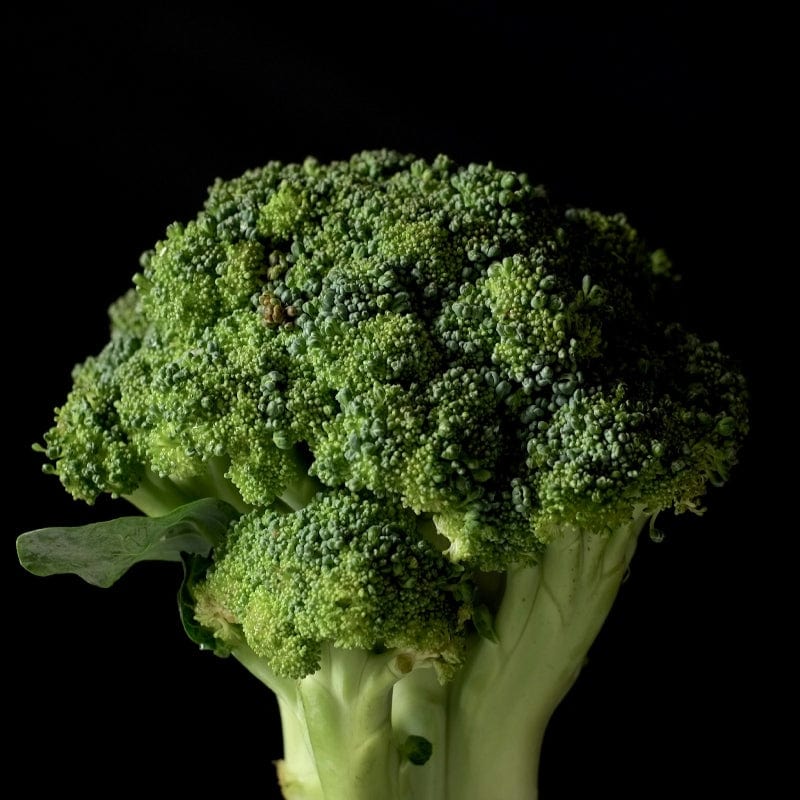
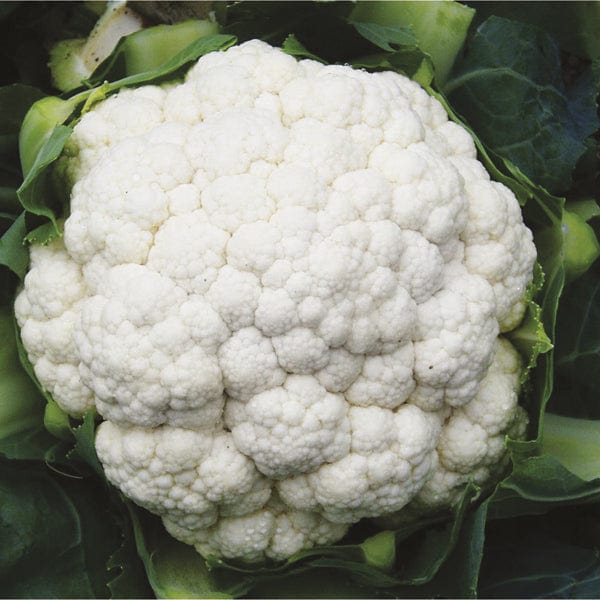
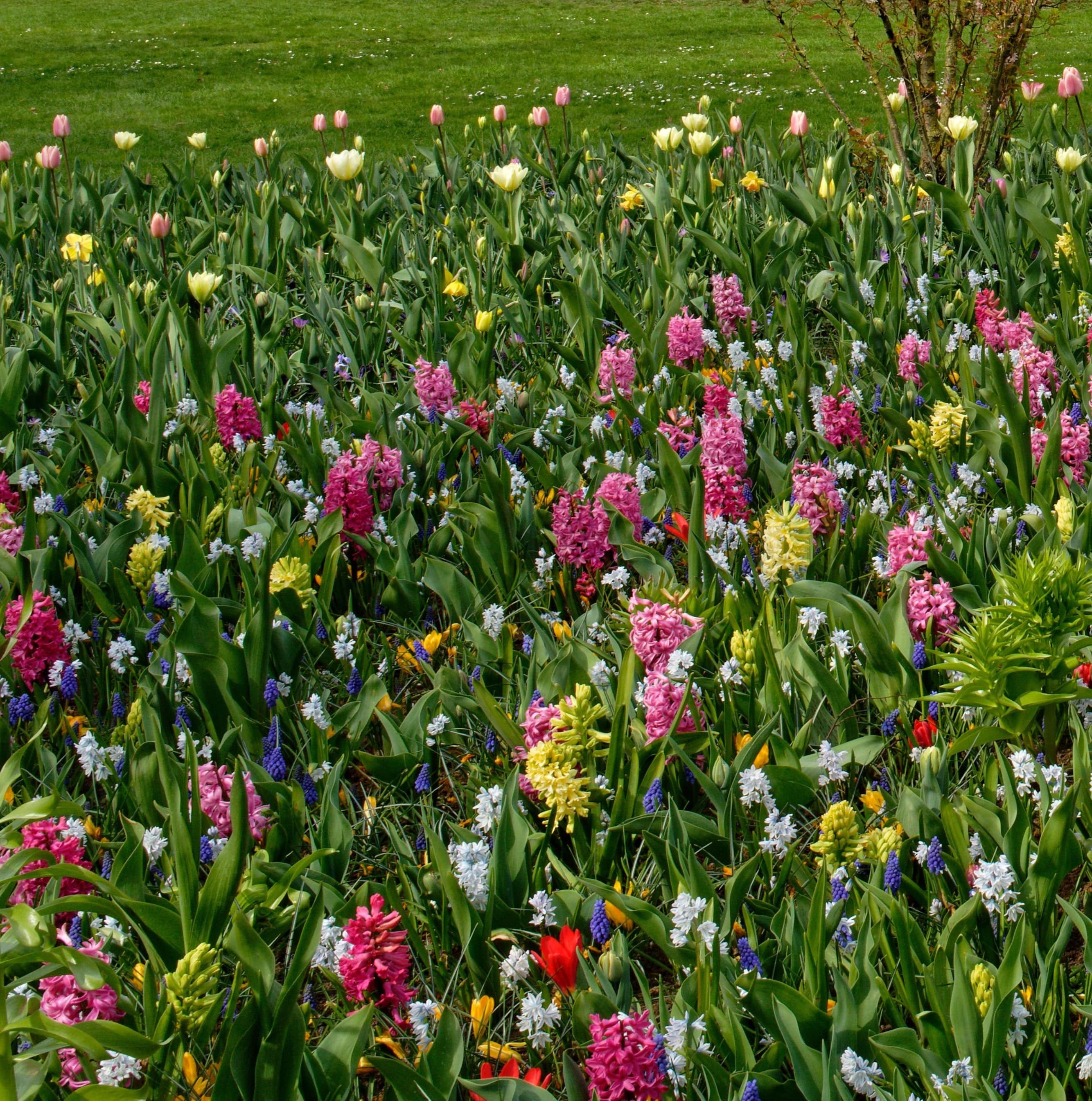
Leave a comment
All comments are moderated before being published.
This site is protected by hCaptcha and the hCaptcha Privacy Policy and Terms of Service apply.